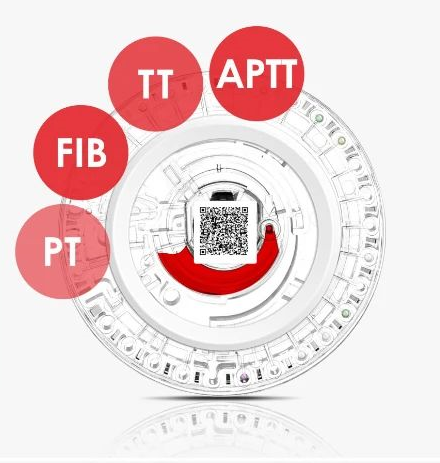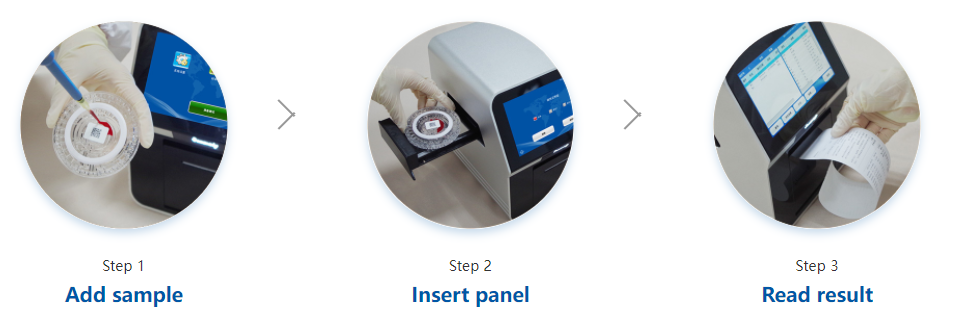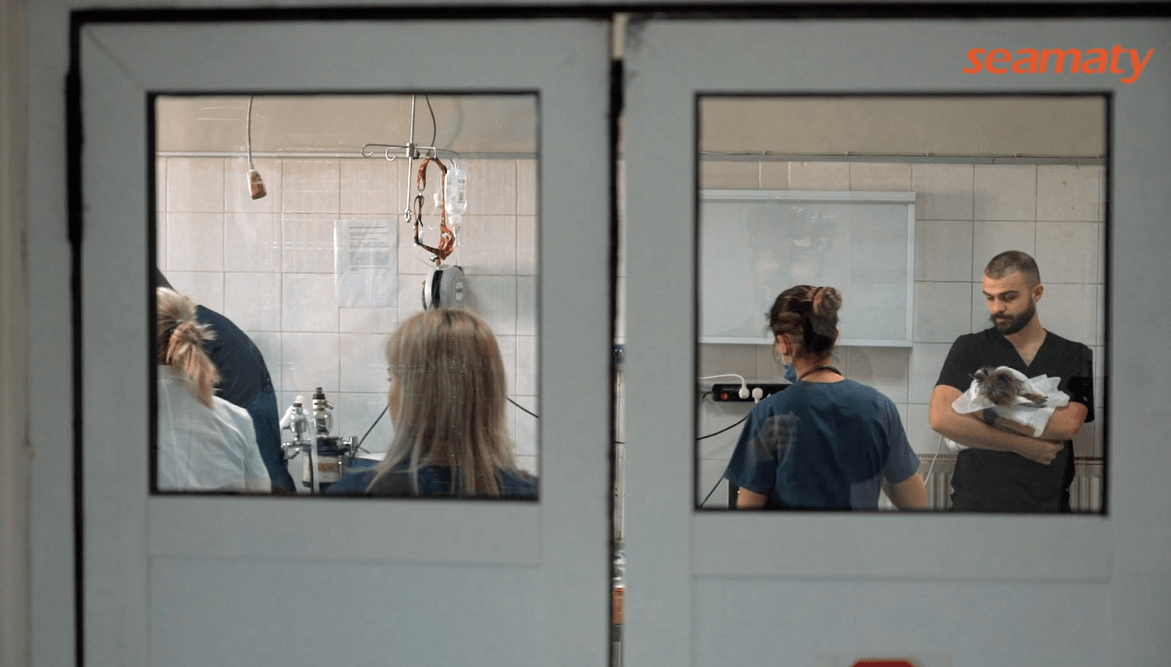Seamaty's four coagulation reagents include Prothrombin Time (PT), Activated Partial Thromboplastin Time (APTT), Thrombin Time (TT) and Fibrinogen (FIB).
The Seamaty Coagulation Quadruplex is commonly used in clinical practice in the following four areas.
First, the coagulation quadruple test is performed prior to surgical procedures in animals. This provides advance knowledge of whether the animal has a defective coagulation function. This can prevent intraoperative hemorrhage from occurring.
Second, the test can also be performed with this reagent disc when the pet shows symptoms such as subcutaneous bleeding, blood in the stool, blood in the urine, or bleeding during the puppy's tooth replacement period. The test results can screen for the cause of the bleeding disorder and thus give it the best treatment plan.
Third, obesity is a common problem in modern pets. Thrombotic disorders caused by obesity are more common. The four coagulation tests can assist in the diagnosis of such diseases. In addition, this biochemical panel can also be used to monitor the effectiveness of treatment for pets already suffering from thrombophilia.
Fourth, it can be used to test the coagulation status of pets after taking anticoagulant drugs such as heparin and warfarin.

The Seamaty Coagulation Reagent Disk is operated with the following precautions.
-
01 The reagent tray needs to be removed from the refrigerated environment before blood collection and allowed to warm up at room temperature between 10-40 degrees Celsius for 20 minutes before testing. Do not artificially raise the temperature to try to warm up the reagent tray quickly, e.g., by using a hair dryer.
-
02 Centrifuge the standard Seamaty sodium citrate anticoagulation tubes in empty tubes.
-
03 Use a purple scalp needle or small needle syringe (1 ml syringe) for blood collection
-
04 Blood collection should be performed gently, avoiding excessive force.
-
05 The length of blood collection should be limited to less than one minute.
-
06 After blood collection, remove the needle and add 0.5 ml of sample to the sodium citrate anticoagulation tube, please pay attention to the scale on the anticoagulation tube.
-
07 Turn the anticoagulation tube up and down 8-10 times for mixing and avoid violent shaking.
-
08 The test should be performed immediately after sampling.
-
09 If immediate testing is not possible, store the sample in a 2-8 degree Celsius environment and test within two hours.
-
10 The Coagulation IV test panel is only available for whole blood or plasma samples anticoagulated with sodium citrate.
-
11 Visually inspect the sample before testing, and re-collect the sample if there is hemolysis or coagulation.
-
12 Add style to the reagent tray gently to avoid air bubbles.

The biochemical analyzer used with the coagulation reagent tray is Seamaty's SMT-120V biochemical analyzer. This biochemical analyzer is the only instrument on the market in China that can measure both biochemistry and coagulation. After one year of sale, the product was upgraded. After the system upgrade, the test time was reduced from 17 minutes to 10 minutes, and the test results were available in three simple steps.



